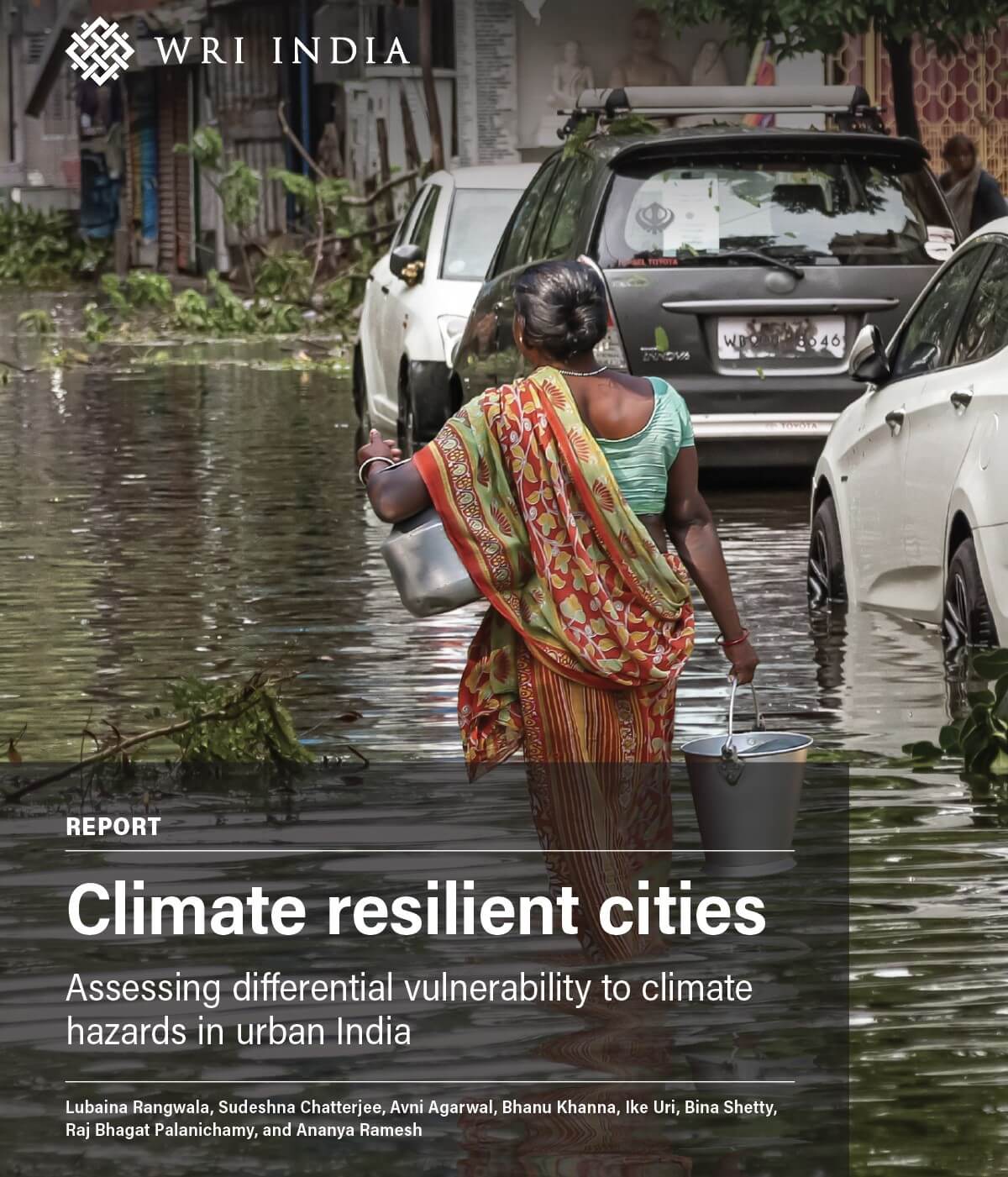Oil Is Waning and EVs Are Waxing, but How Do We Prepare Our Power Grids To Manage the Surge?
by , e -
The transport sector contributes to a fifth of global greenhouse gas emissions, making it a major contributor to the climate crisis. At present the sector’s carbon emissions’ share in developing countries might be low, but it is expected to spike as higher disposable incomes afford people more personal vehicles.
In India, the transport sector has witnessed a year-on-year growth of 5.9% Compound Annual Growth Rate (CAGR). Maximum increase has been due to the use of 2-wheeler motorbikes and cars in cities. This also directly refers to a rise in urban air pollution and heat islands. India’s capital New Delhi has become emblematic for its air pollution,with particulate matter and carbon oxide levels choking the city’s residents in winter every year.
Moreover, the Russia-Ukraine war has once again highlighted the destabilizing effects oil and gas prices have on India’s economy – one of the country’s main imports being crude oil (valued at $119.2 billion in the last fiscal year, for about 212 million tons of crude).
India’s Ambitious Plans for EVs
India aims to contain its dependence on diesel and petrol and meet its commitments to reach net-zero emissions by 2070. With this in mind, the Central Government announced ambitious plans for speedy adoption of electric vehicles (EVs) earlier this year. The policy aims to develop charging infrastructure for about 1.5 million EVs by March 2024. A recent report by RBSA Advisors estimates that India will need about 400,000 charging stations (from the present 1,742) to meet its requirements to charge about 2 million EVs that could potentially hit Indian roads by 2026.
The Government has also provided guidelines for public EV charging infrastructure. It has said that it would aim to ensure 30% private cars, 70% commercial vehicles and 80% two and three-wheelers are electric by 2030.
But Indian power grids, especially at the distribution level are often unreliable. Despite this, buildings in Indian cities are expected to double their energy consumption by 2040, led primarily by demands like cooling. The country’s power grids would be further strained with additional charging demand coming from EVs. Stakeholders in the sector have started estimating the impact on the power grid likely due to the growth in EVs in India. Studies have also been conducted for sections of two of New Delhi’s main utilities.
Discoms Require Digitized Data-Driven Power-Surge Management Strategies
Electricity distribution companies (discoms) must factor in the impact of EVs on their network, as it will have a bearing on other consumers. While technical parameters such as cable sizing, reactive compensation, line loss, etc., can only be determined through detailed load flow studies, a simple planning tool can help utility planners understand at a fundamental level, the immediate impacts of different scenarios of EV growth at a Distribution Transformer (DT) level. This would allow granular level decision-making on the need to invest in higher, or lower capacity DTs based on charging loads. This would also allow passive utility level interventions such as introduction of Time of Use (ToU) tariffs to manage the impacts of EV charging on the grid.
Tools like VencoPy, RAMP-mobility, and EmobPy have been developed for highly granular European commute data. But these tools must be customized for developing countries, as data availability around daily commutes is low, and the EV fleet is small, but growing. To quantify the impacts of EVs on the country’s grids, WRI India has created a scalable tool called ELEVATE, with the support of one discom. ELEVATE helps quantify the impacts of growing EV fleets at the DT level. It is an online interactive tool that calculates total EV loads at the grid-level, based on variables such as vehicle fleet numbers, battery characteristics, average daily trip lengths, and charging behavior.
How ELEVATE Works
ELEVATE stands for Electrical Load Due to EVs and Tariff-based Elasticity. It is a python-based tool, which allows discoms to gauge the load on their transformer over the next five years and allows them to design ToU incentives, or penalties to consumers, to encourage charging at less stressful hours for the grid.
The tool has two modules — unmanaged and managed. At the city-level, the unmanaged charging module is designed to throw up the aggregate load curves, while at the DT level, it is designed to offer insights into the need for capacity upgrades. The managed charging module is designed to calculate the range of ToU price incentive that the utility can offer to nudge consumers to move charging their vehicles during off-peak hours.
ELEVATE can be used by policy makers, large fleet owners, and distribution companies to better predict EV charging patterns. The tool allows benefits like:
- reduced power costs to consumers during off-peak periods when vehicles are charged
- avoided cost to consumers of higher power tariffs if the vehicles were charged during peak periods
- benefits discoms due to additional sale during off-peak hours
- benefits discoms from network optimization (avoided DT upgrades) due to staggered EV charging
- ELEVATE also allows for greater privacy for EV owners, as data entered by discoms are only stored temporarily until the simulation session ends. Thereafter, it is erased entirely.
- If ELEVATE is synchronized with the supply of renewable energy and integrated with ToU pricing to nudge consumers towards greater RE consumption, the tool could also play a role in transport decarbonization efforts
WRI India has launched the Beta version of ELEVATE and we invite distribution companies to test the tool and share feedback. ELEVATE can be embedded in the planning stage of discoms to support other functions.
Views are personal.
Ashok Thanikonda was formerly with the Energy program at WRI India.


